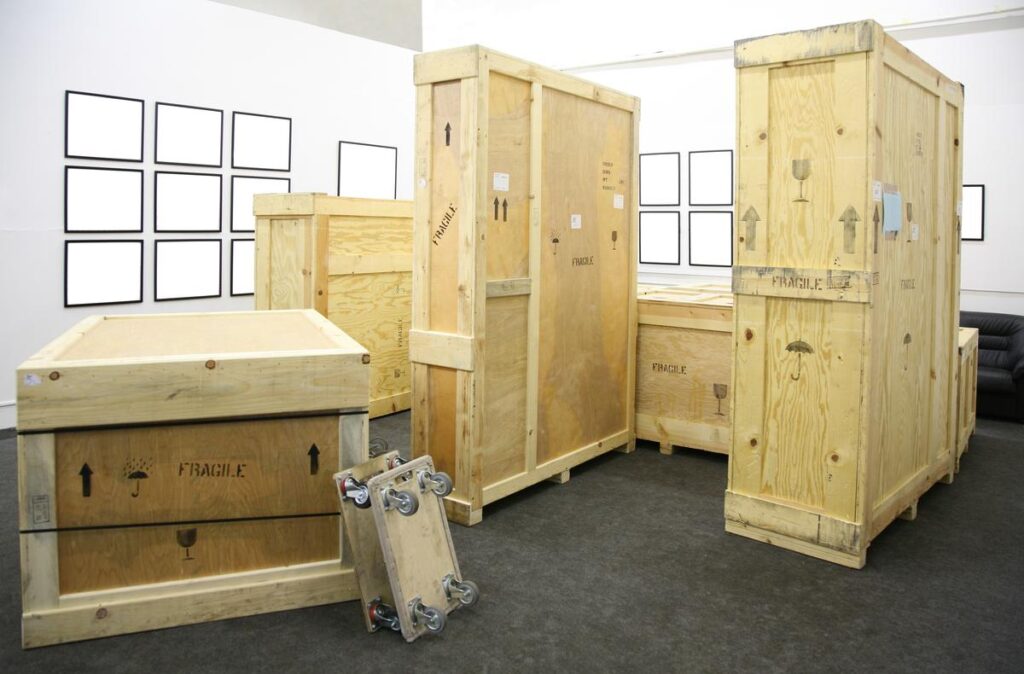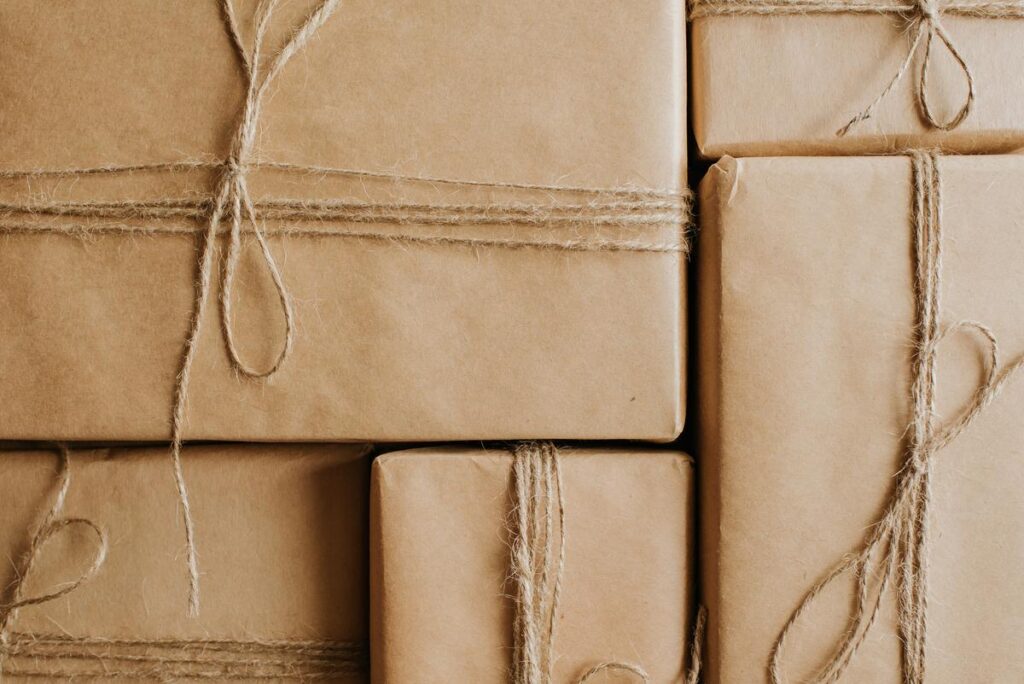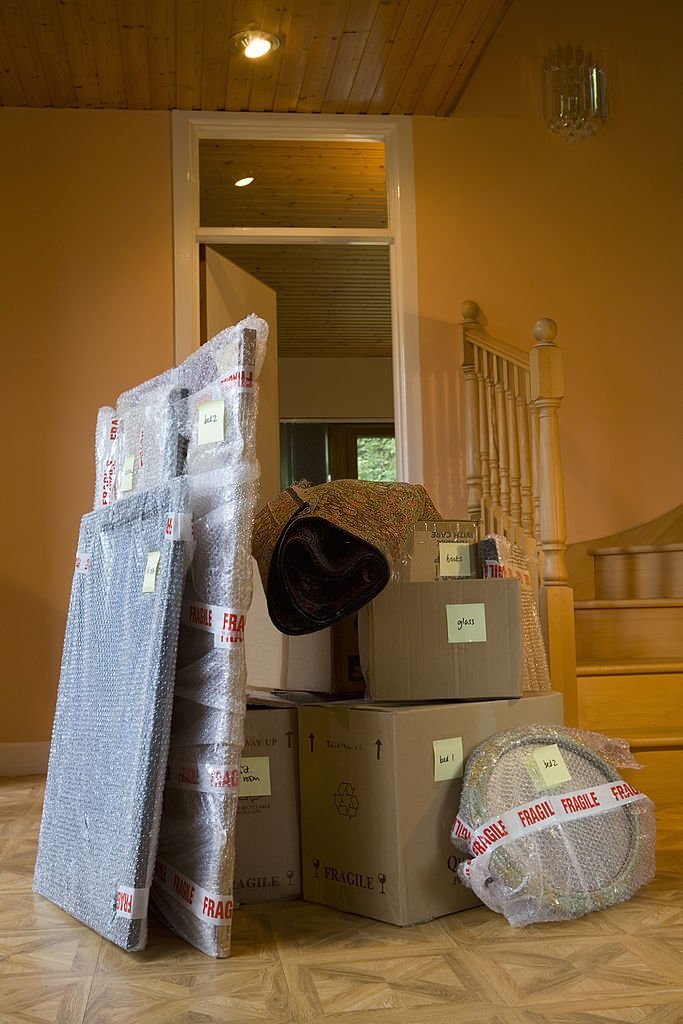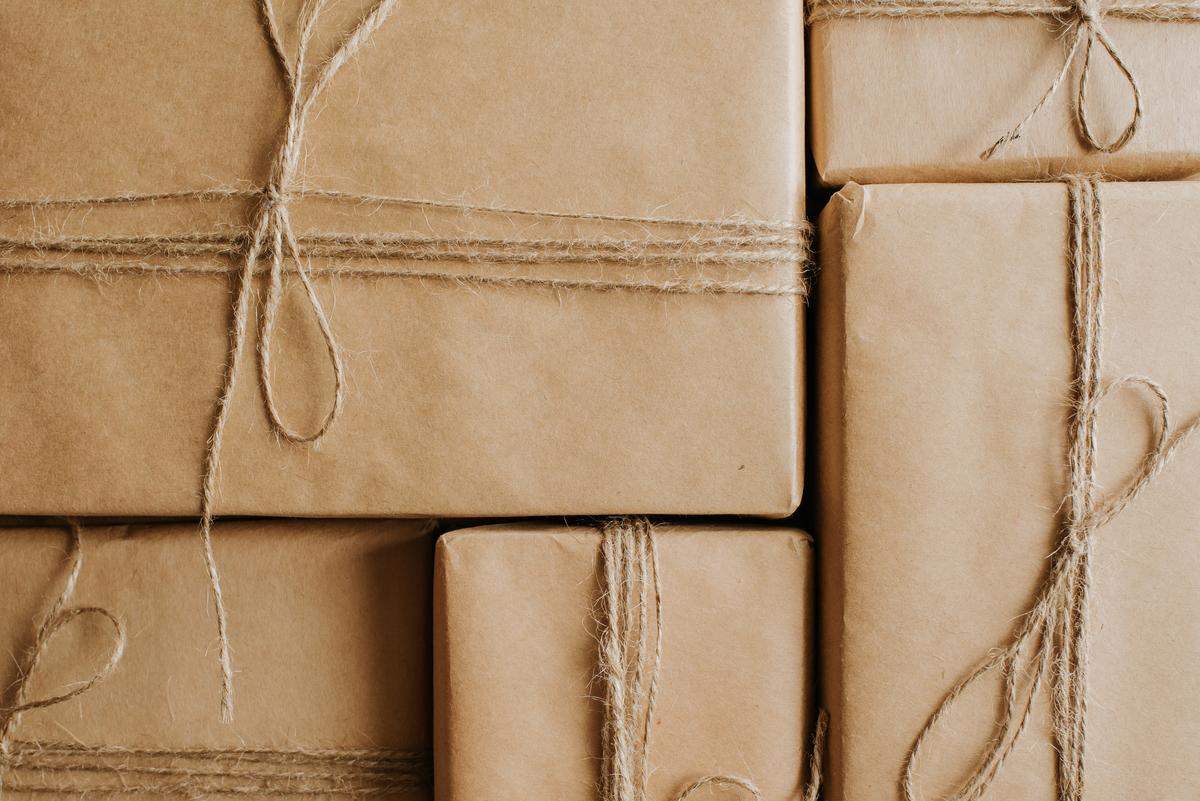Paper art is a delicate and intricate form of artistic expression that requires special care and attention, not only during the creation process but also when it comes to packaging. So, How do you package paper art? Proper packaging is essential to ensure the preservation and safe transportation of paper art. In this article, we will explore the best practices and techniques for packaging paper art, including the selection of materials, protective measures, creative ideas, and more.
Understanding Paper Art
Paper art encompasses a wide range of techniques and styles, including origami, paper cutting, quilling, and collage. Artists manipulate paper to create beautiful and intricate designs that captivate viewers. The fragility of paper art makes it susceptible to damage, which emphasizes the need for careful packaging.

Importance of Packaging
Packaging plays a crucial role in preserving the integrity of paper art. It protects against environmental factors such as moisture, dust, sunlight, and physical impact. Additionally, proper packaging enhances the presentation and professional appearance of the artwork.
If you need any professional help on art packaging, let us know!
How do you package paper art: Factors to Consider
When packaging paper art, several factors should be considered to ensure optimal protection and presentation. These include the size and dimensions of the artwork, its fragility, and the intended mode of transportation. Understanding these factors will help in choosing the most suitable packaging approach.
Choosing the Right Packaging Materials
Selecting the appropriate packaging materials is vital to safeguard paper art. Acid-free tissue paper, archival sleeves, and high-quality cardboard or rigid envelopes are commonly used for packaging delicate artwork. These materials provide protection against moisture, dust, and accidental creasing.

Protective Measures
To minimize the risk of damage, it is essential to take specific protective measures while packaging paper art. Adding a layer of acid-free tissue paper between delicate folds or sections, using archival sleeves to prevent direct contact, and securing the artwork with non-abrasive padding are effective ways to ensure its safety during transit.
Creative Packaging Ideas
Packaging paper art can also be an opportunity to enhance the artistic experience for the recipient. Consider incorporating creative packaging ideas such as custom-designed boxes, decorative ribbons, or personalized labels that complement the artwork and create a memorable unboxing experience.
if you live in LA, and looking for professional art packaging in LA, then talk to us!
Customization and Personalization
Tailoring the packaging to the specific artwork adds a personal touch and showcases the artist’s attention to detail. And, customization options include designing branded packaging with the artist’s logo or adding a handwritten note, adding an extra layer of personalization and value to the overall presentation.
Maintaining Paper Art

Beyond packaging, proper maintenance of paper art is crucial for its longevity. In addition, Avoid displaying the artwork in direct sunlight or areas with high humidity. Regularly dust the piece with a soft, lint-free cloth, and handle it with clean, dry hands to prevent any potential damage.
Storage Solutions
When not on display, storing paper art in a controlled environment is essential to maintain its condition. Acid-free archival storage boxes or portfolios offer protection against light, dust, and moisture. Ensure the artwork is stored flat or in a vertical position, depending on its dimensions and fragility.
Shipping and Handling
When shipping paper art, extra care should be taken to safeguard it during transit. Moreover, use sturdy and appropriately sized boxes, cushion the artwork with packing materials like bubble wrap or foam, and clearly label the package as fragile. Consider insuring the shipment for added protection.

Sustainability in Packaging
As the world becomes increasingly conscious of environmental impact, incorporating sustainable packaging practices is important. Opt for eco-friendly materials such as recycled cardboard, biodegradable plastics, or natural fibers. Encourage recycling and provide information on responsible disposal of packaging materials.
Tips for Packaging Paper Art
- Measure the artwork accurately to choose the right-sized packaging materials.
- Use acid-free tissue paper to protect delicate folds and sections.
- Avoid using adhesive tape directly on the artwork to prevent damage.
- Label the package with “fragile” and “do not bend” stickers.
- Consider adding a care instruction card to guide the recipient on handling the artwork.
Conclusion
Proper packaging is crucial for preserving the beauty and integrity of paper art. By understanding the unique characteristics of paper art and implementing appropriate packaging techniques, artists can ensure their creations are protected during transportation and storage. Moreover, thoughtful packaging not only safeguards the artwork but also adds value to the overall presentation, creating a delightful experience for both artists and recipients. We hope now you know How do you package paper art! However, if you need any professional help, contact us!



